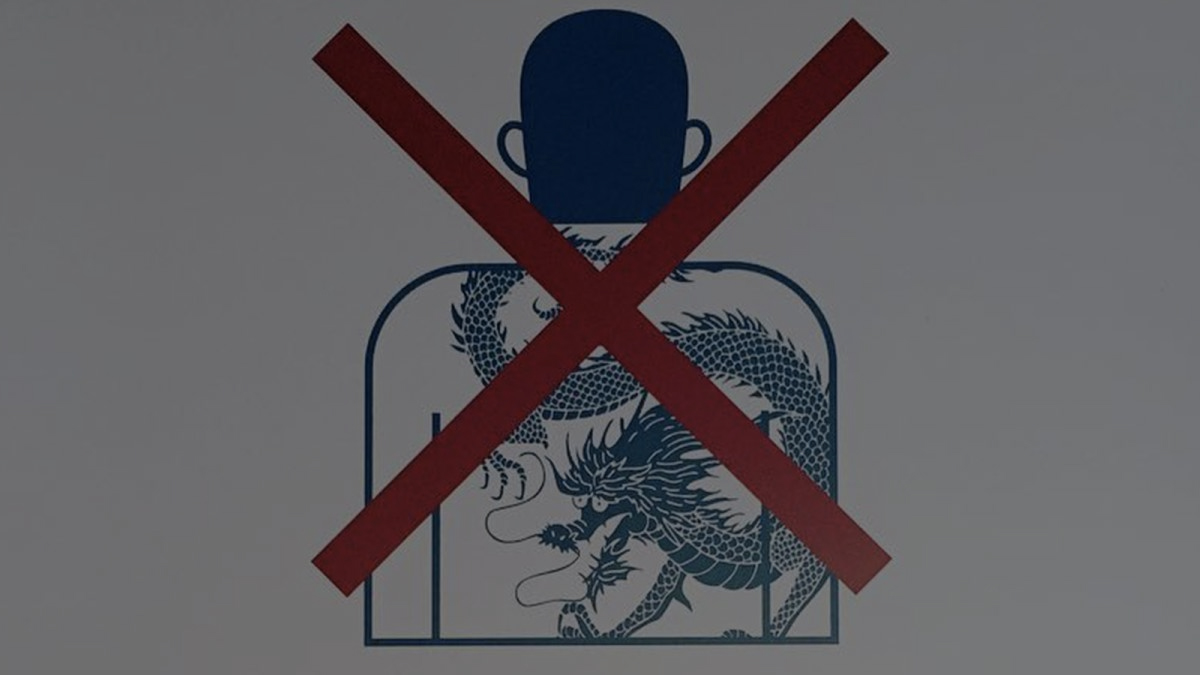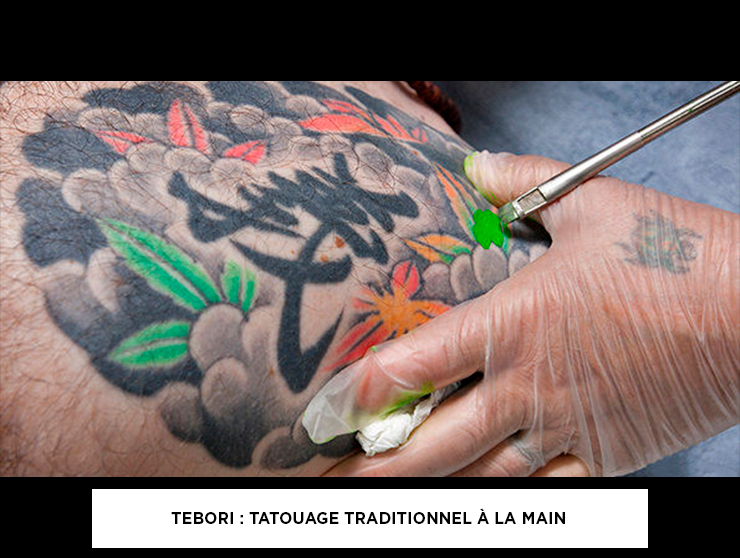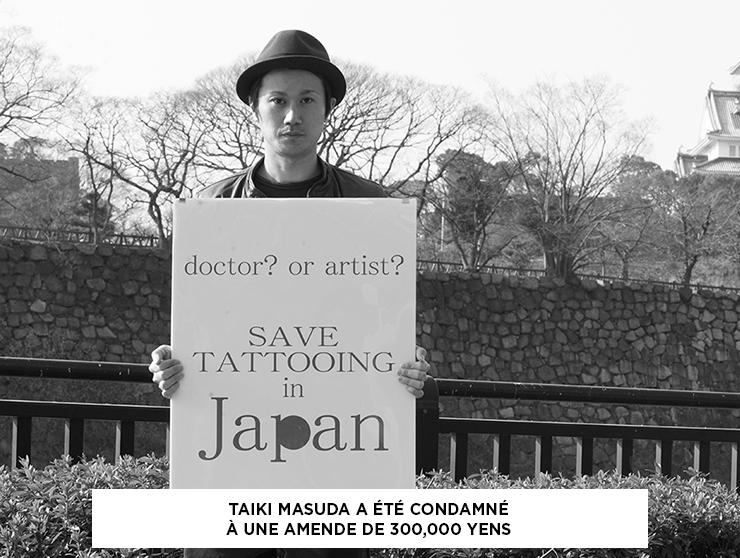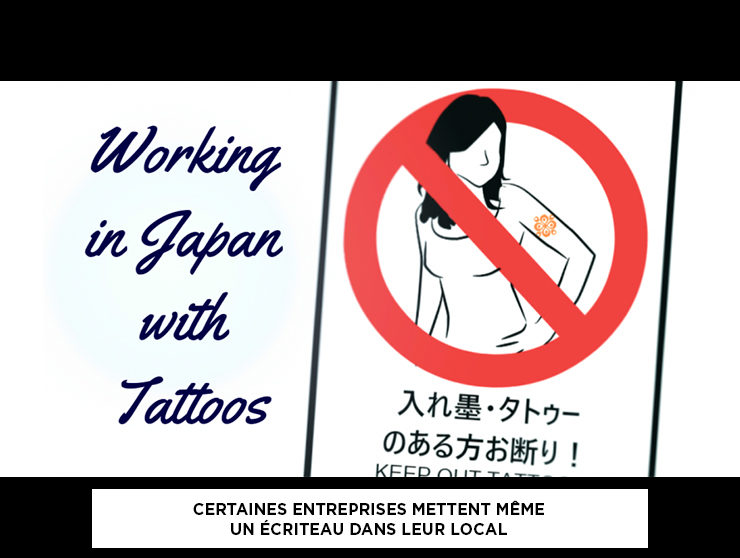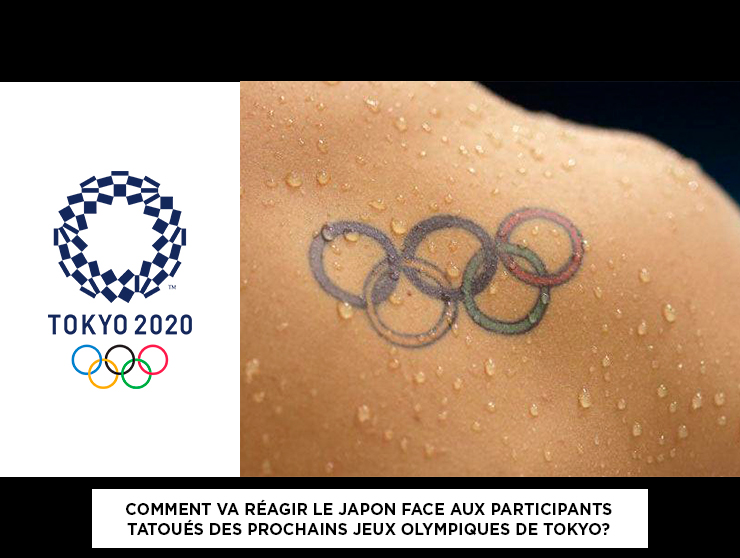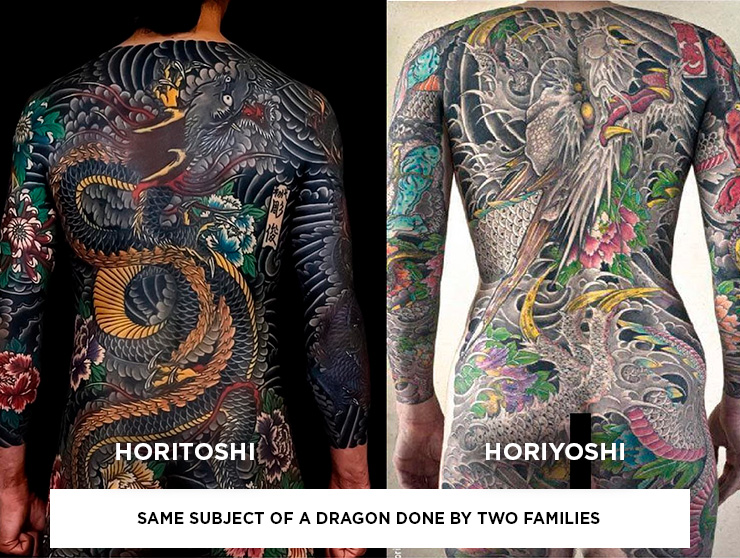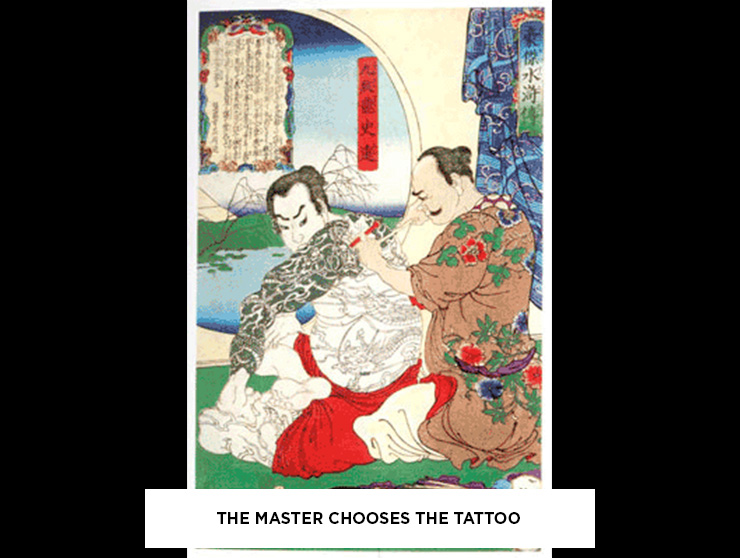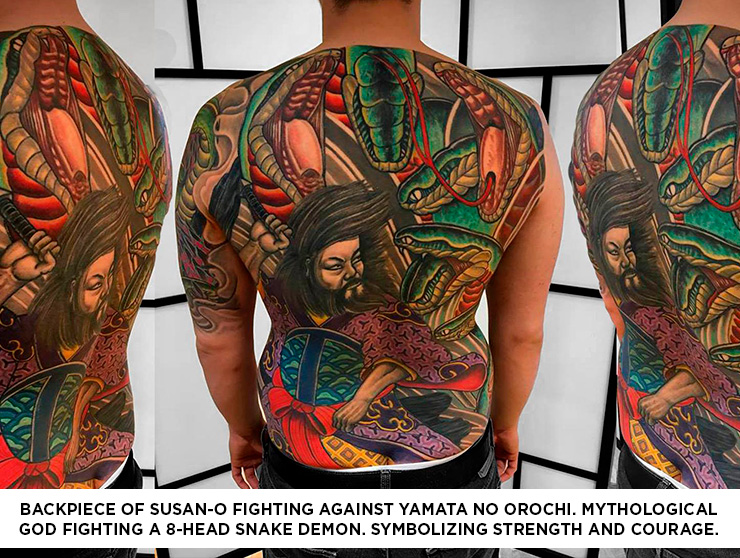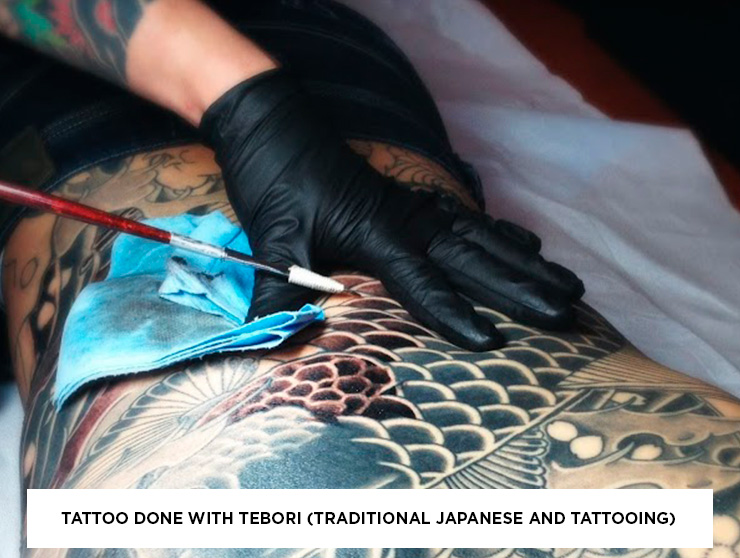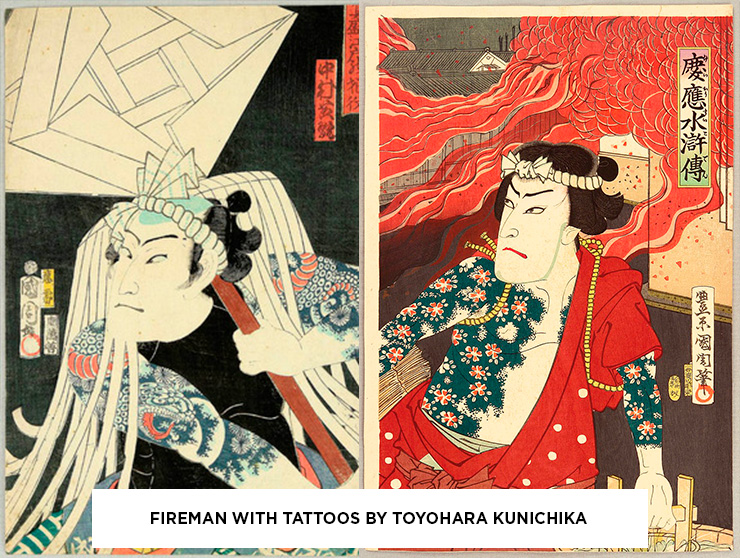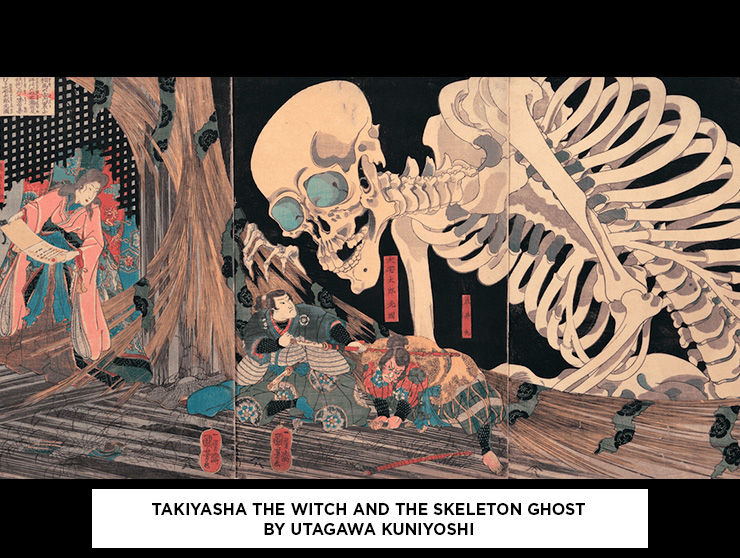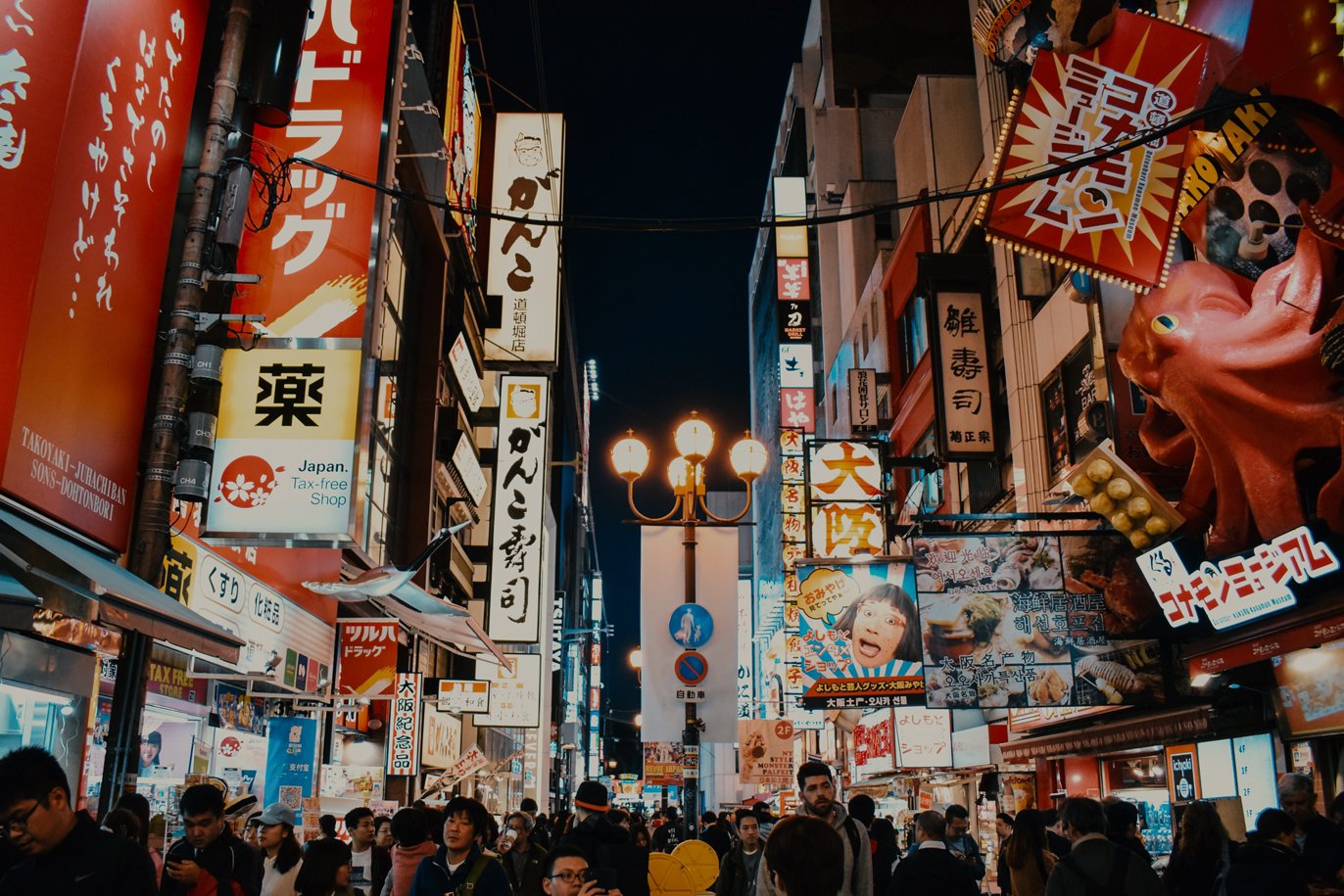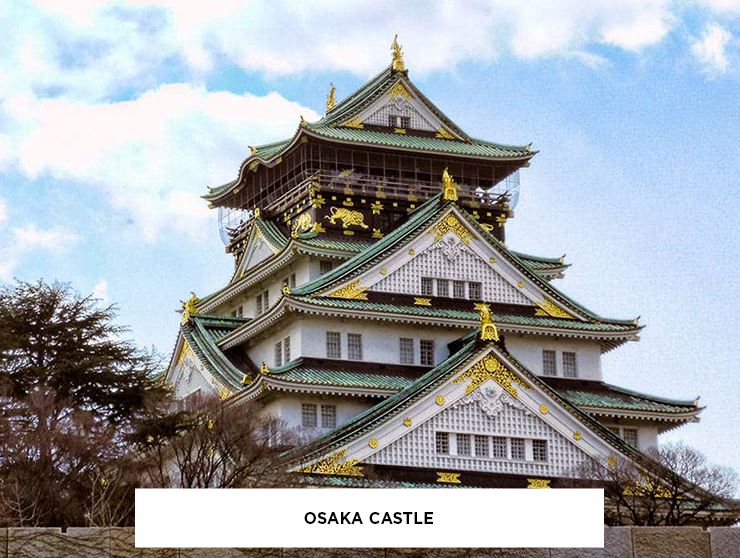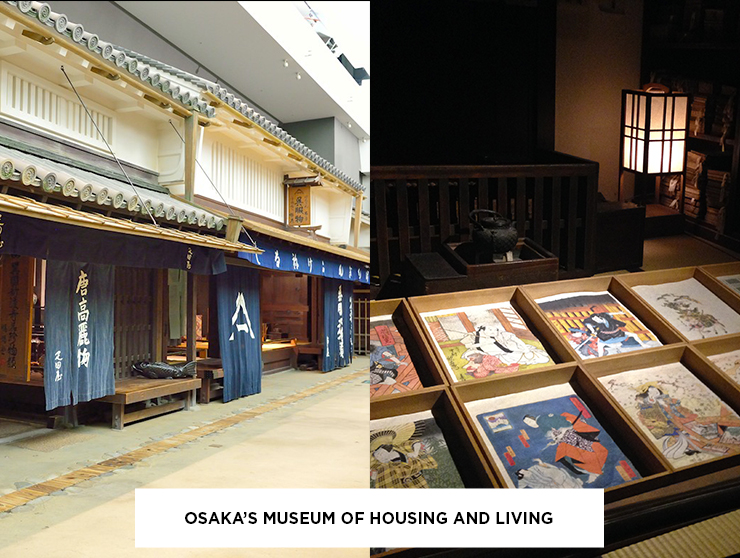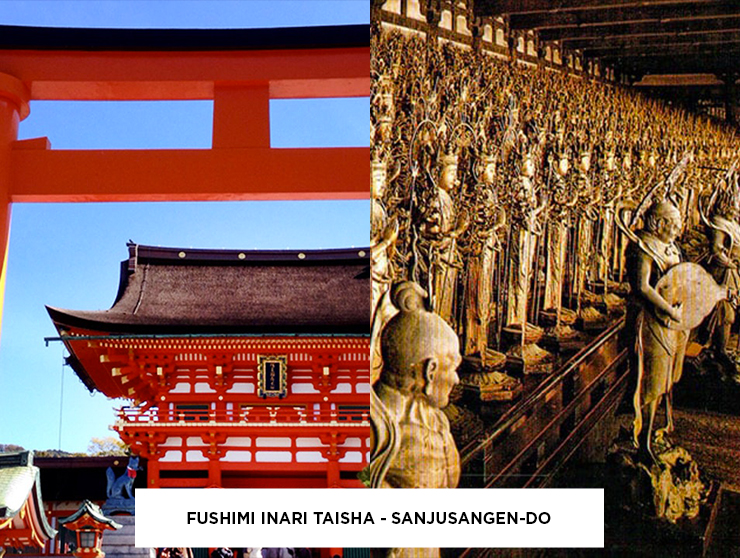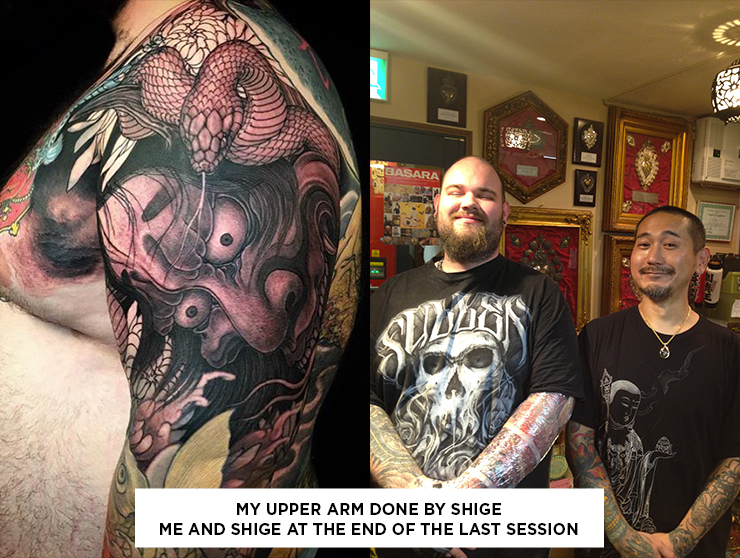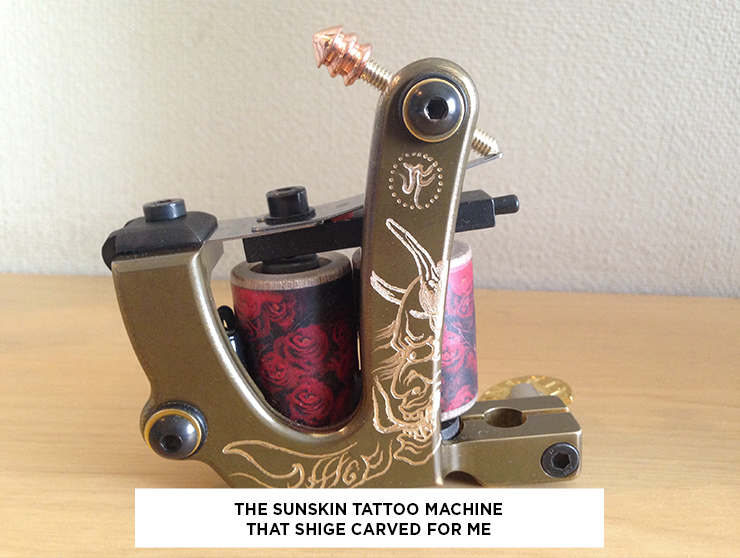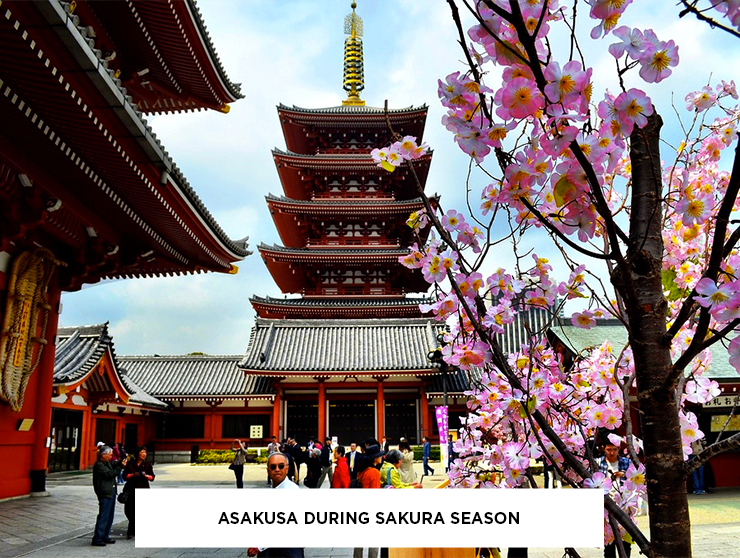Tattoo ban in Japan
Tattoo ban in Japan
As of today, Japan still holds a prohibition on tattooing. After discussing with many Japanese tattoo artists, I’ll try to explain this phenomenon as best as I can, even though it might seem ridiculous to us westerners.
We all know it wouldn’t pass here; people would invade the streets and protest against it, but in Japan, only doctors can tattoo now! In short, this means that, in order to be allowed to use needles to perforate the skin (i.e. : tattoo needles), you need to have a medical license. It might seem absurd, but it is exactly what’s going on in Japan right now. Tattoo artists are liable to very heavy fines and even imprisonment.
Everything started back in 2001 when the Health Minister classified tattooing as a medical procedure. Ever since that decision was taken, tattooing remained ambiguous for many years. The law provides a three-year sentence or a heavy fine going up to 1,000,000 yens, which is approximately 12,000$ CAD for any offend.
Indeed, in 2015, the court of Osaka condemned Taiki Masuda, a tattooist of 30 years old, to a 300,000- fine (approx. 3,600$ CAD) for violating the medical practice act, which reserve the right to tattoo to doctors only. Since then, Masuda is on a crusade against this law he qualifies of unfair and disadvantageous for the honest workers. He is the co-founder of the non-profit organization “Save Tattooing in Japan”.
Many events brought the government to implant this law. The first one is because of the non-professional permanent makeup. They had many issues with non-professional workers who failed to do the procedure correctly. Thus, the solution from the government was to only allow the health professionals to perform such procedures as permanent makeup using such needles. This also led to the ban of the use of tattoo needles.
The second reason for this law is to make tattoos inaccessible to young people. Indeed, unlike the rest of the world where they are gaining more and more popularity, tattoos in Japan are decreasing in popularity and begins to be discriminated all over again. The government tries to limit its progression in Japan, so it’s still associated to Yazukas. Thus, tattoos are more a symbol of failure than an artistic expression.
Even if tattooists are fighting for their rights and for their jobs to be recognized as art, the government stays still about its position and their claims. Ever since the law was implanted, more than half the tattoo studios closed and many tattoo artists are leaving Japan in order to work.
The Tattoo Ban doesn’t only affect needles; many studios even had to take off their signs written “TATTOO” on it. Renting a room for tattooing is nearly impossible unless you have contacts. Certain tattoo artists open up a second company to justify their incomes and to not get caught by the taxes. Of course, it is hard for tattooists to import needles and other tattooing goods. Some of them even turned to doing their needles by hand, by themselves.
Finally, this law had for effect to ease a certain discrimination towards people who have tattoos. In Japan, it is fairly prevalent to have a medical check-up to work in a big company. If the doctor sees a tattoo, it is possible you won’t get that job, or even lose your actual job.
The children of tattooed people may be denied access to good schools. The spouses of many of my friends wear bandages to cover the tattoos on their fingers every time they pick up their kids from school.
This is how, in 2017, the King of Tattoo tattoo convention was canceled by its organizers. Because of the pressure made by the government, the organizers were afraid of reprisals as well as tattooists cancelling their presence to the event. They ended up doing the convention in a more discreet place in November of 2017.
As of today, I have the pleasure to announce that Taiki Masuda has been discharged on November 14th 2018 after a long, three-year trial. He was not found guilty and wants to continue working with the government and the tattoo artists in order to find a compromise. The government never revised the law, tattoo studios are still shutting down and the mentality about tattoos is still very conservative. There is still a lot of work to be done in order for tattoos to be seen as a form of art.
I hope this phenomenon will be resolved, and I hope the country of Japan will finally realize that tattoos are a form of art before there is no more Japanese tattoo artists. It is certain that many articles and reporters will be interested in the subject during the Olympics games of Tokyo in 2020. What are they going to do with tattooed visitors and participants in the Olympics games?
For more information, visit the Save Tattooing in Japan website :
http://savetattooing.org
How to choose your Japanese tattoo
How to choose your Japanese tattoo
Traditionally, in Japan, tattoos are classified by families or clans. Each family of tattoo artists has a certain style that is defined by the family’s traditions. Everything from the choice of the design, the association of themes, the color pallets to the execution of the design, all is thought from a master to his apprentice. It’s therefore possible to recognize a family by their tattoos.
How do Japanese people choose their tattoos?
There are two ways:
– If the individual is part of a group (like a Yakuza), the members of the group will guide them to the tattooist(s) of the clan. After meeting the tattoo master, it is he who will decide on the design that fits the individual by taking into account his personality, his ambitions, his position in the clan and his tastes. Rarely the client will have something to say about the design. He trusts his clan and the tattoo master; therefore, he lets him decide.
– If the individual isn’t part of a group, it’s similar to getting tattooed anywhere else in the world: they just book an appointment to meet with the artist of his choosing and together they decide on the subject and design. The only difference is that Japanese people tend to give more liberty to the artist, knowing that it will look better in the end because the artist doesn’t feel castrated.
In both cases, the subject will be either mythological animals, past heroes, heroic stories and/or gods, whereas the theme of the tattoo will usually express their strength, their courage or to receive protection.
When I think about Japanese tattoos, I only think about dragons. Is there more than dragons?
Yes, there is much more than dragons, and that’s why I created this blog! For most people, Japanese tattoos usually rime with dragons, koi fish and samurais, but there is much more! There are so many mythological animals, heroes and stories that can be tattooed!
The most popular subjects for Japanese people are epic tales (and heroes), Noh masks and mythological animals. Contrarily to occidental mentality, tattoos don’t represent the wearers story. They are used to protect the wearer. They are mostly used to represent the soul or a past valorous reincarnation of the wearer.
I really love Japanese style tattoos, but I don’t know the stories and the symbolism. How do I choose my tattoo?
The first step is to find out what do you want your tattoo to mean. Once again, traditionally, Japanese tattoo don’t tell the story of the wearer. They will associate their tattoo to a strong emotion like strength, courage, protection, wisdom, perseverance, etc. Keep in mind that love and the love for your children aren’t emotions that Japanese tattoos usually represent.
But I really want the tattoo to tell my story. How do I choose my tattoo?
Depending on what you are trying to say, there are multiple options:
– I want my tattoo to talk about my family and my kids.
We can look at different elements accordingly to their birthday: what’s their zodiac sign? What’s their birth flower? In Japan, each month and each season is associated to a flower, a plant and even an activity (for example, flying a kite is associated with Spring). Also, we can look at the Buddhist calendar to see which deity protects your family members.
Check out www.onmarkproductions.com for the best references of buddhist statues.
– I want my tattoo to represent my ambition and courage.
There are a lot of stories in Japanese mythology that are great examples of courage, strength, honor and ambition. For example, there are the courageous warriors Benkei and Raiko, who both fought armies and monsters. There is also the famous samurai Taira no Tomomori, who is a strong symbol of honor. He never gave up, he never surrendered to the enemy: he preferred tying himself to an anchor and throwing himself in the river instead.
– I want my tattoo to be a symbol of protection
Mythological animals and deities can be used to symbolize protection. For example, fireman were the firsts to get dragon tattoos because the dragon is not only a symbol of protection but it’s also a water animal in Japanese mythology.
– I love mangas and everything that has to do with Japan, but I want something original
The vast majority of mangas use classical, mythological Japanese themes for their stories. For example, the three Sannin in Naruto (Jiraiya, Trunade et Orochimaru) are classical characters of Japanese folklore. The ‘’Yokai’’ that we find in mangas are also fun characters.
It’s important to know that JAPANESE TATTOO ≠ MANGA, they are completely different forms of art. Even though they both are derived from Ukiyo-e (Japanese woodblock prints), mangas can’t be tattooed as is.
There are multiple ways of choosing a Japanese style tattoo. You can choose something more traditional
or play with the ideas to make a less traditional design. Either way, Japanese tattoos are a fascinating
world with so many ideas. For more informations on different subjects, I invited you to check out my
other blogs.
Second trip to Japan – March 2016
Second trip to Japan – March 2016
For the second trip, I wanted to immerse myself in the Japanese culture. I chose a different travel plan: I landed in Osaka and I planned to travel all the way to Yokohama. I had important historical cities to visit like Nara and Kyoto!
First stop: Osaka Castle! Even though it’s a reproduction of the 1583 castle, the architecture has kept that beautiful Japanese essence. The roofs are so beautiful, I marveled at such a great work of architecture.
But I must say that there is another hidden gem in Osaka for great architectural references: you need to go see the Osaka Museum of Housing and Living. It’s a live-size reproduction of a small Edo period town (1603-1867). The lighting imitates a whole day, from dusk to dawn. Therefore, you even have some great lighting references. I could have passed day just drawing the different perspectives with their vanishing points.
Next I went to visit Nara. Nara is less touristic than Kyoto, but it has many beautiful temples. It’s important to know that Nara was Japan’s capital in the 8th century. It’s actually Tim Kern that told me to visit this region, and to go see the Thousand-armed Kannon. It’s a beautiful statue! In Nara I also had the chance of seeing the great Buddha (Daibutsu) in Todai-ji and feeding the deer.
After Nara, was Kyoto, the city of the geishas and temples. I only had 2 day to visit Kyoto, so to get the most out of this trip, I decided to take a tour bus. This way I would not get lost of lose time in public transportation. It was expensive (around 100$ CAN per day), but it was worth it because I managed to see 6 temples, 1 castle, 1 traditional Japanese show and I ate in a traditional Kyoto Kaiseki restaurant. I must say though that I plan to go back to Kyoto and take my time to see certain temples. My favorites places for good drawing references were: Fushimi Inari taisha, Sanjusangen-do and Gion.
I finally arrived at Yokohama, ready to get tattooed by Shige. He had prepared the drawing for the top of my sleeve: hannya and a snake. He tattooed me 13h in 2 days, we managed to finish the lining and the shading. We took the time to discuss tattoo again, he showed me his drawers full of tattoo machines. I have never seen so many machines! At the end, he was kind enough to carve one of his special edition Sunskin machines for me.
We talked about technics, Japanese mythology and symbolism. He told me about some old Japanese legends that are less known, and he even explained the symbolism behind some of his tattoos. While talking about Ukiyo-e, Shige told me that the best place to get great Ukiyo-e references and artbooks is Jimbocho. It’s a small district of bookstores and book collectors. It is best to speak a little Japanese to find what you want.
I finished the trip at the famous Senso-ji of Asakusa. This temple is probably the most known temple of Tokyo. Dedicated to Kannon, the deity of compassion, it’s a beautiful temple. Once again, I finish my trip with Kannon and surrounded by blossoming cherry flowers. The delicate smell of sakura makes me very grateful of this amazing experience.
